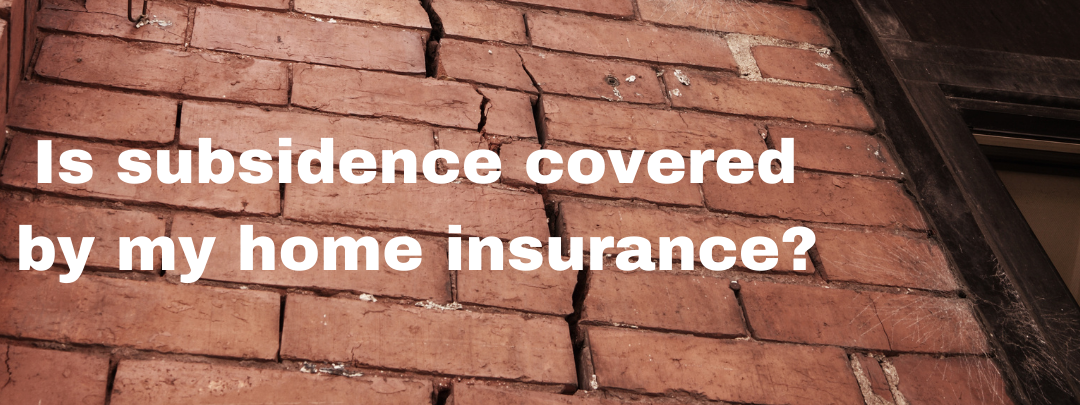Is subsidence covered by my home insurance?
Posted on 24th August 2021 at 09:02
‘Subsidence’ - a word no one wants to hear!
It affects the structural safety of a building but also the market value of a property. Therefore, we want to stress the importance of having the correct insurance cover and explain what to do if your home is affected.
First of all, if you suspect your property has suffered from subsidence or heave, contact us as soon as possible. You will be advised on the next steps to take, but this will often involve a surveyor coming to examine the damage and determine the cause.
If the damage is minor and the movement of your home has stopped, repairs will usually be carried out straightaway. But if the situation is more severe and the problem is ongoing, the surveyor may monitor the movement of your home over an extended period to work out a long-term solution.
All new build properties and home extensions will shift slightly as they settle, so small hairline cracks under half a millimetre in width are normal. However, larger cracks radiating from windows, doors or corners can indicate that the foundations have sunk – especially if they've grown over time.
In the worst cases of subsidence or heave, your home may need to be underpinned. This is where the building’s foundations are strengthened or deepened to make it more stable and prevent further subsidence.
The majority of home buildings insurance policies will cover damage caused to the structure of your property by subsidence or heave. But this will be on the condition that your home has not suffered from subsidence in the past.
Share this post:




